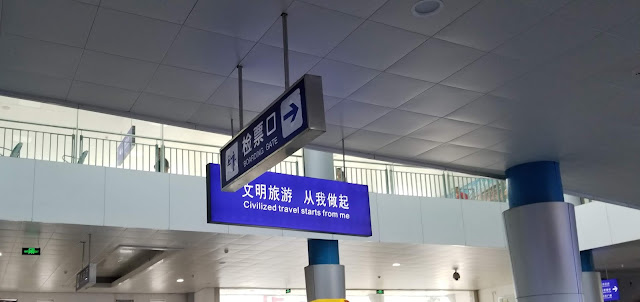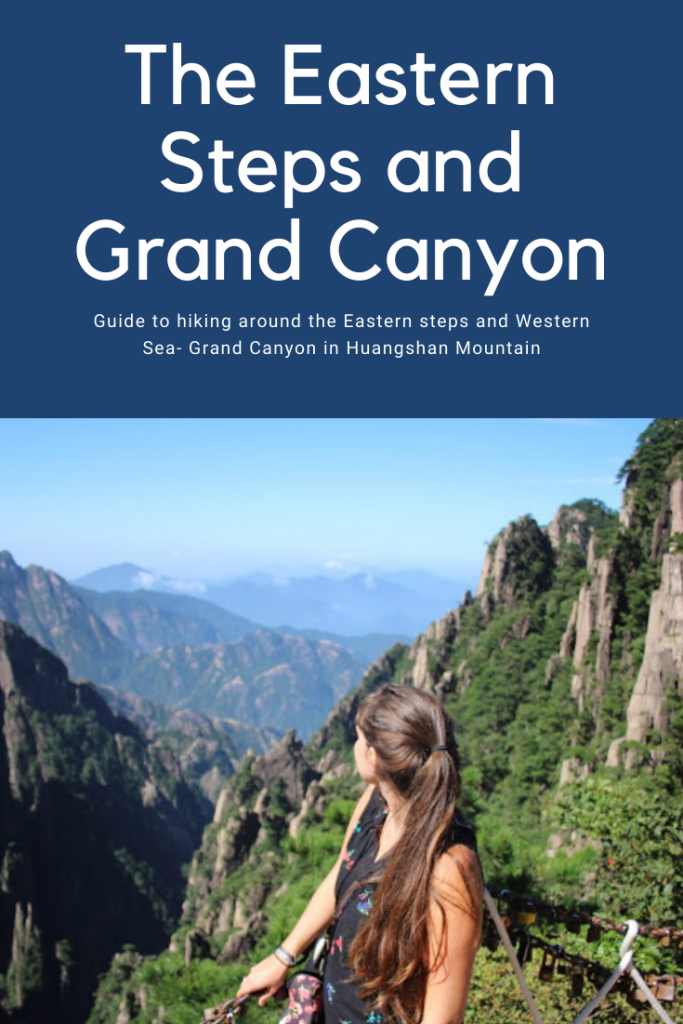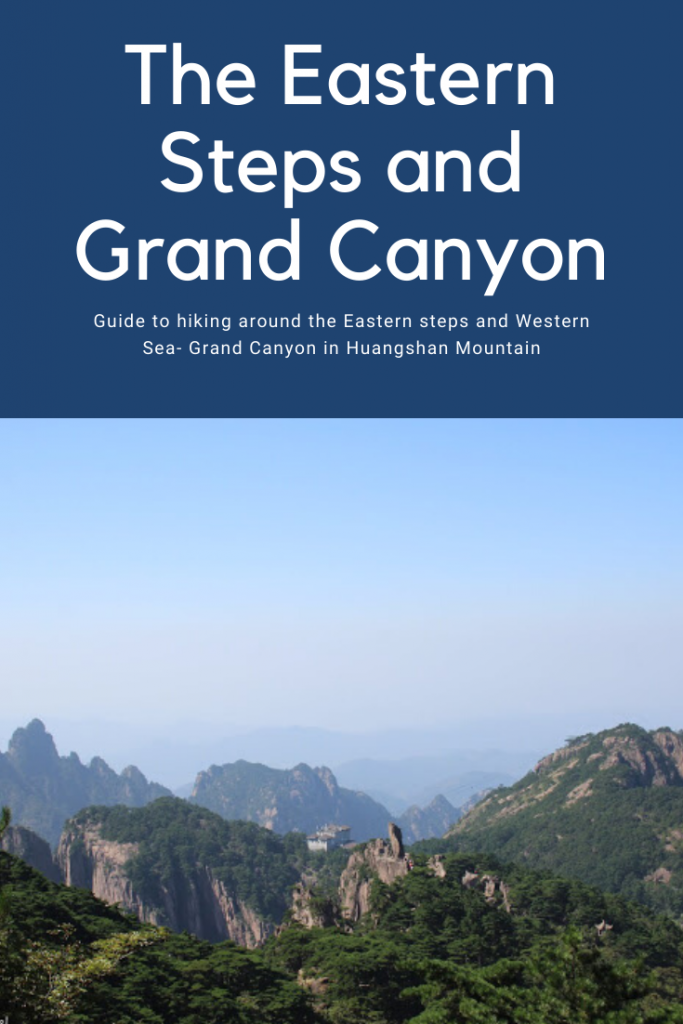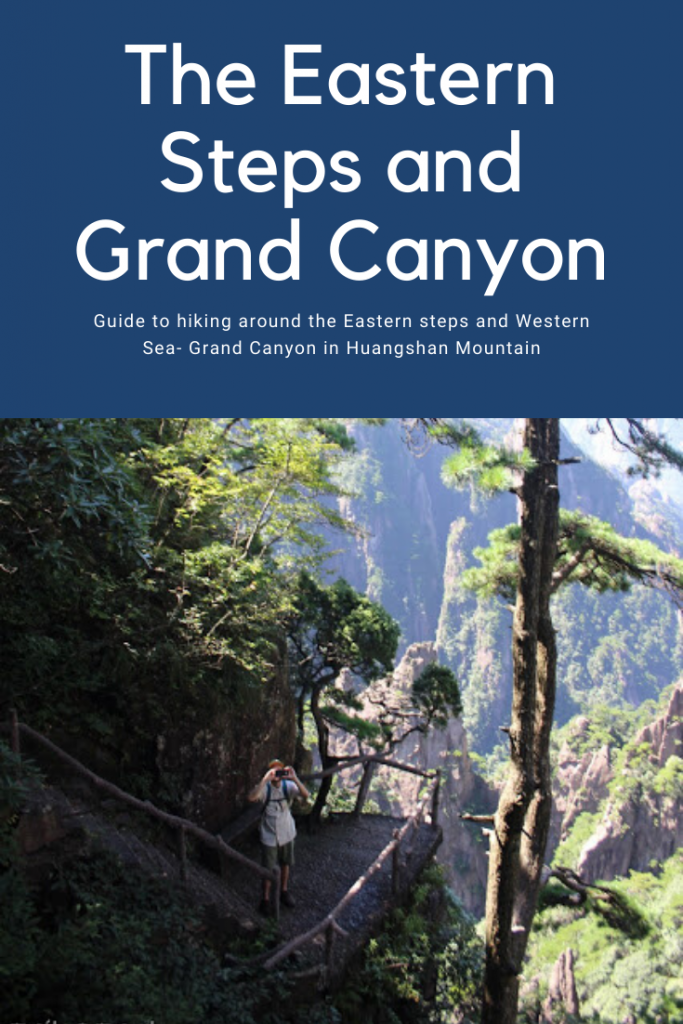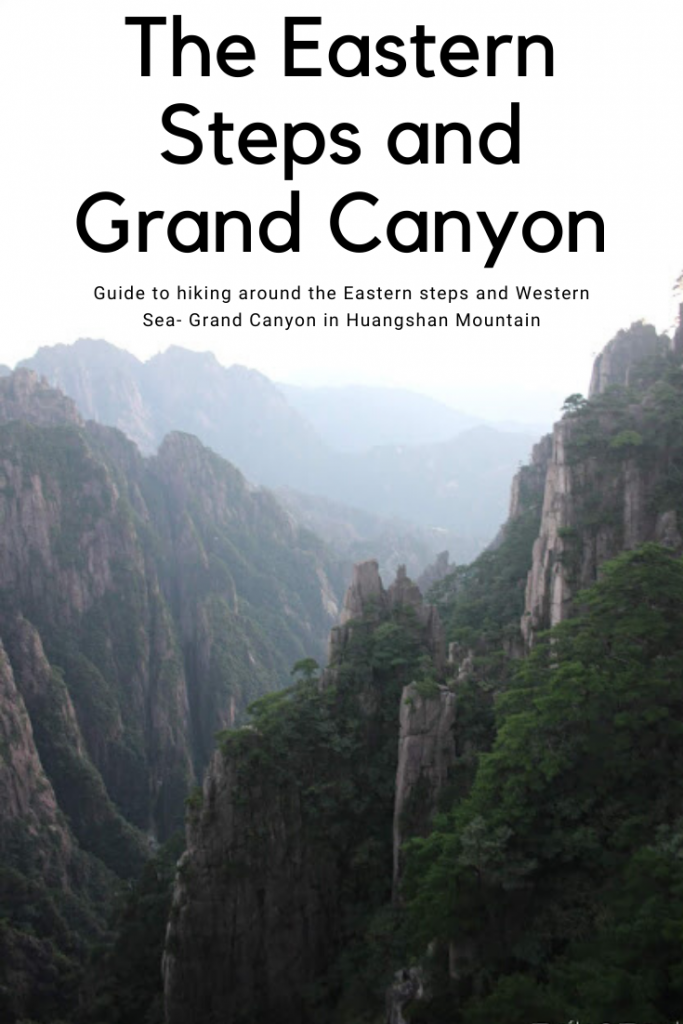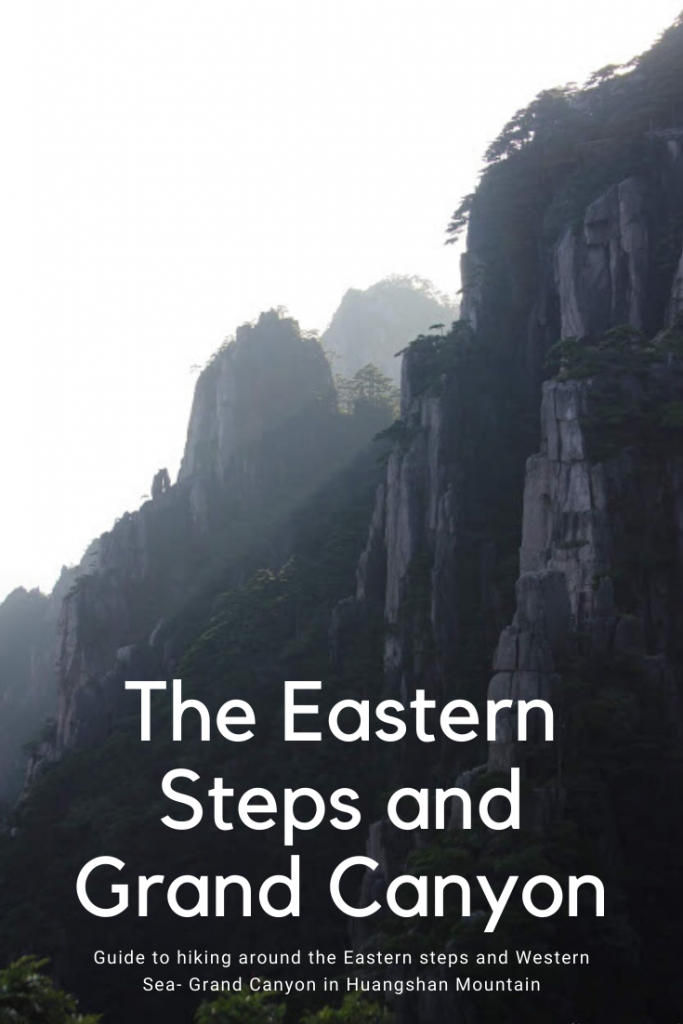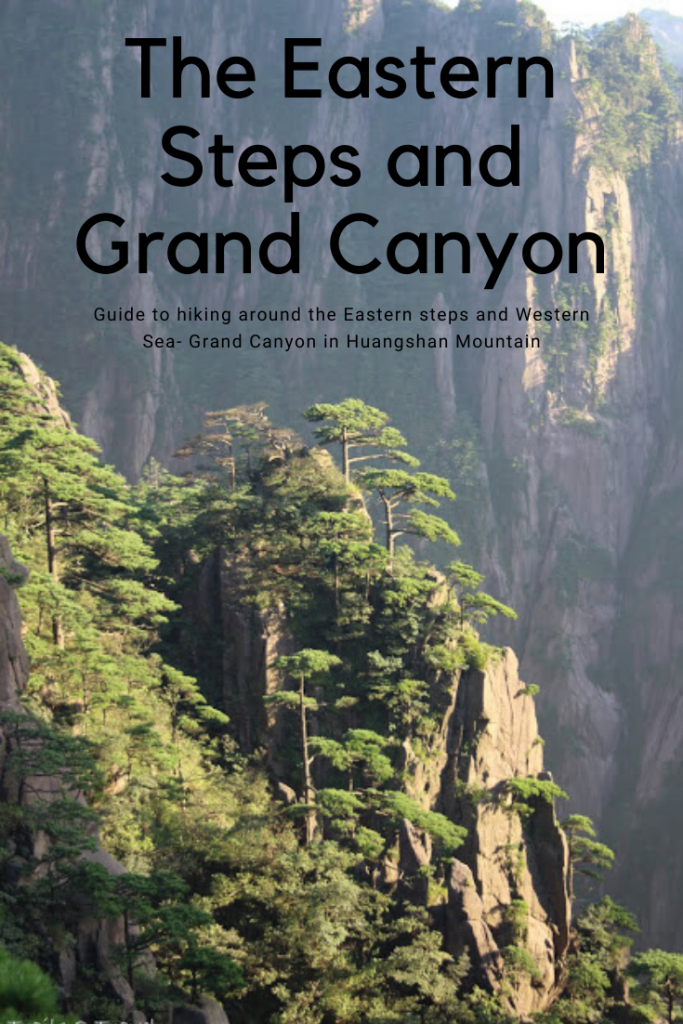Visiting Meteora
Greece Day 3: One of my most highly anticipated days of the trip!!!! METEORA
Not even kidding guys, I have been wanting to experience Meteora FOREVER. It’a short and steep climb ( on a bus! hehe) from the town to the first monastery St. Stephens which is.. by far the most accessible as there are NO STAIRS to reach this one, only a narrow foot bridge.
The inside of the monastery was soo peaceful and undisturbed as we were one of the first groups to get there in the morning. If you can picture any sacred place and invoke that feeling in your mind, you will understand how we felt exploring these beautiful monasteries.
For reference, the monasteries, as most churches in Greece, are Greek Orthodox and are still in operation today by diligent nuns AND monks.
To add to that, I’d also like to point out that St. Stephen’s is a Convent so it is run by nun’s. This is important as the monasteries only would not allow us females in on tours! So…. we visited the Meteora convents I should say. As they are first and foremost churches (not tourist traps) it is required to dress modestly with longer skirts and tops that cover your shoulders. (Women HAD to wear skirts, pants were not permitted however they did have wrap skirts you could borrow at each monastery)
We started our tour in a church which ABSOLUTELY took my breath away. If you have ever been in an Orthodox church then you know what I mean. Floor to ceiling gold and colorful paintings of the icons and the most ornate furniture and wood screen to hide the altar I’ve ever seen. I think the part that also blew me away was how devoted the monks must have been to build something so beautiful and devoted to God in such a challenging landscape.
It was also an incredible experience to witness the devotion STILL of people today as they moved around what I’m positive is our annoying tour groups, and worshiped within the small churches. It is to be noted that Meteora is a place people will consider pilgrimages they need to go to.
Brief history of St. Stephen’s Monastery: The foundation dates back to the 12th century, approx 1191 however the church within St. Stephen’s is recorded as being rebuilt in 1545 when many of the other buildings were added such as rooms for the monks. The monastery was also very heavily hit and damaged during WWII and the following civil war within Greece so a majority of what we saw/ pictured was recently done in the 20th century and in 1961 it was re-dedicated as a convent. While the grounds are not huge, the walls contain 2 chapels (only 1 of which we were allowed to visit) and enough room for 28 nuns to live within.
Operating hours (if you wish to go on your own) are daily from 9:30-1:30, 3:30-5:30 and closed on Mondays. I do recommend going with an organized tour however, especially if you are not familiar with Greek Orthodox as it was an amazing experience to learn about not just the history of the places, but the beliefs and reasons for the way they decorate the interior of their churches.
The entrance to the 2nd monastery convent that we visited: The Holy Monastery of Varlaam. This one… had steps to get up to it but I will say it wasn’t too bad and if you look at the picture below.. the view while you climbed up was amazing and it was a lot more fun (to me) to feel I was making a climb for something so special.
The beautiful courtyard at the top of the stairs and main entrance. You can see the road cutting along the cliffs across the way (how we got up there). I think there was a period of time when we could see as many as 4 or 5 monasteries at a time in the distance.
As we were not permitted photos within any of the buildings, this is the only photo I could get with artwork (as it is only the covered entrance to the church, we weren’t inside a building yet. AND YES I still asked permission before taking this photo)
History of Varlaam: In 1350 a daring ascetic named Varlaam ascended to the rock. The monastery was named after him. He built three churches, a small cell and a water tank. After his death the rock remained abandoned for about 200 years. In 1517/1518 the two founders of the church, began to construct additional buildings. They renovated the little church of the Three Hierarchs and they erected the tower (more on this structure later). They also built in 1541/1542 the central church of the monastery dedicated to All Saints (which is the one guests are permitted to visit). The transportation of the materials lasted 22 years and the building only 20 days.
“Since 1350, the ascent to the monastery was made by wooden ladders, each of which had about 25 rungs. The ladders were hanging from the rock with the help of pegs on the north side of the church and a gap was created between them. The monks often had to jump from one ladder to another risking even their own lives. This difficulty was due to the peculiarity and the morphology of the rocks. There were about 4 or 5 ladders consisting of 95 rungs at maximum. “
With the addition of the tower that was built, the monks and materials were hoisted by hand in a rope net using a pulley system. It was not until the 1920s when the stairs which we use today were carved into the rock to allow for easier access.
Although this is the 2nd largest monastery, only 7 monks currently reside and run the day to day functions. Again, women are required to wear long skirts with shoulders covered. Men are also required (in all monasteries) to wear long pants. No shorts permitted.
Buildings within the monastery to note: the old refectory( which is now a wonderful museum and not to be missed), the tower where you can see the old pulley system, behind the church is a room storing one of the MASSIVE barrels that they used to collect rain water, and the chapel of Three Hierarchs which “is a small aisle-less church with very beautiful frescoes and it was built in 1627.”
I also forgot to mention that in both monasteries there are “modern” restrooms available. (for women with our long skirts be aware these are of the “squatty potty” variety where there is no toilet but merely a flushing hole in the ground)
Hours for Varlaam Monastery are daily from 9AM to 4 PM and it is closed on Friday.
Between the 2 I enjoyed Varlaam more as the experience to get in was much more exciting, the museum is a lot larger and has a lot more information contained, the church itself has frescoes from the 1600s that have NOT been retouched at all so that is really cool. (St. Stephen’s as mentioned before the chapel was rebuilt as WWII so while the frescoes are a lot more vivid in color, they are A LOT less old), the views look out to other monasteries instead of down on Kalambaka, and I do feel as if there is more open to the public to explore. There was also a very friendly monk that would smile and speak to me in Greek everytime we passed by and eventually asked “Ameria?” to which I said yes and that the monastery was beautiful. All in all so welcoming and friendly!
Ok a little information on the area: It is still a bit of a mystery as to how the Meteora rocks were formed but the most recognized theory is that they were deposited by an ancient river which once the river was gone, erosion did the rest. This is theorized by the make up of the boulders (sedimentary rock) and that they found pebbles that dated back to the same age as the larger boulders. Either way these rocks are unlike anything in the world.
Total cost for day: 88.70
A tour of mainland Greece- Visiting Delphi
Greece Day 2: For the 2nd and 3rd days of Greece we booked a tour through Astoria Travels/ G.O. Tours. It would take us to Delphi and Meteora with a few stops along the way!
The tour picked us up around 8 AM and we were off with a few rest stops and got to Delphi around 10:30/11.
To the left: The Mountain of the Muses (as seen/ photographer from a moving bus. sorry for the terrible quality)
The bus ride to Delphi took us through so many gorgeous mountain passes! One of the most scenic bus rides you can take.
To the right: the town Arachova (again as seen from bus) This town is referred to as the Mykonos of Winter as it is a huge skiing town with great night life in the winter. It is also the gateway to Delphi so our bus drove us right down the middle of the VERY narrow town.
The Stadium is at the top of all the Delphi ruins and is about at 15 min. (avg) hike up from the theater. It is well worth it as I can’t imagine a stadium as scenic anywhere else! The pines surrounding as well added to the wild ambiance.
Left: Looking down from the temple onto the Athenian treasury (no roof). Unfortunately it was a super hazy day. Our guide told us the reason for the haze was from a lot of dust and sand blowing up from North Africa.
Brief history of Delphi’s origin: Zeus determined the spot when he sought to find the center of his “Grandmother Earth” (Gaia). He sent two eagles flying from the eastern and western extremities and the path of the eagles crossed over Delphi where the navel of Gaia was found. This is how Delphi came to be known as the center of worship, or even the center of the world.
(There is an actual navel stone at Delphi that is known as the navel of the world)
How the Sanctuary became dedicated to Apollo: Apollo, as an infant of only 4 days old, set off to find a place to call home which in this case he decided would be the location of Delphi. HOWEVER this spot was a sanctuary to Gaia so he shot his first arrow to slay the serpent Python, the son of Gaia, who guarded the spot. This effectively made this Apollo’s sanctuary however to atone the murder of Gaia’s son, Apollo was forced to fly and spend eight years in menial service before he could return forgiven.
Information about the Oracle: You couldn’t actually see the rooms the Oracle would’ve occupied as they were in the back of the temple below ground. The Oracle had to be older woman of blameless life chosen from among the peasants of the area. Alone in an enclosed inner sanctum she sat on a tripod seat over an opening in the earth (a chasm) where according to legend the body of Python body fell after he was slain and fumes arose from its decomposing body. Intoxicated by the vapors, the oracle would fall into a trance, allowing Apollo to possess her spirit. Priests of the temple would interpret her ravings as she prophesied.
After Delphi we stopped for lunch (at a very expensive restaurant so I only got a coke) and continued on our way toward Kalambaka. We made one more stop in Thermopyles to see the “300” monument erected there.
We got into Kalambaka for the night around 6:30.
Included in our tour price was a triple room at the worst hotel of our trip the Kosta Famissi hotel. The beds were terrible with comforters none of us would even sit on as they just felt so grimy and unwashed and we spent the first 30-40 minutes in the room inspecting every inch of the mattress for bed bugs. None found we inspected the rest of the room where there were used Q-tips from previous occupants on the heater and some hair in the bathroom. Apart from the cleanliness issues and terrible uncomfortable mattresses, it did have a balcony with a pretty spectacular view and AC (which in Europe is always a plus) so considering the 3.5 star review.. you get what you get haha.
Kalambaka I will say is a very charming and affordable town. For dinner we went exploring and ended up at this Nom Nom place with EXCELLENT burgers and even more delicious crepes which was only $5 for both! WIN!
So budget in review:
Breakfast from a bakery in Athens: 3 euros
Lunch: 2 euros for a coke and extending the life of my snacks from home
Dinner: 5 euros
Tour cost pp including all bus transportation, AMAZING guide, entry to Delphi & Meteora, and hotel 125 euros pp
Total cost for day: 135

